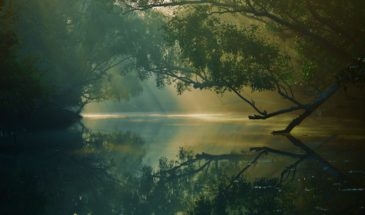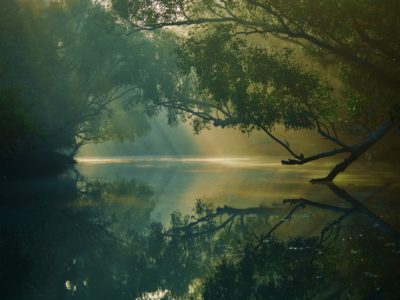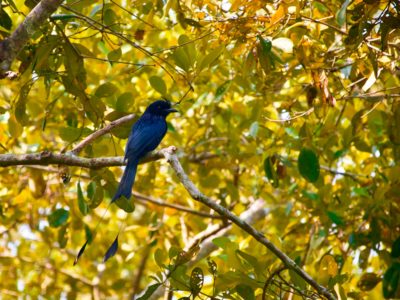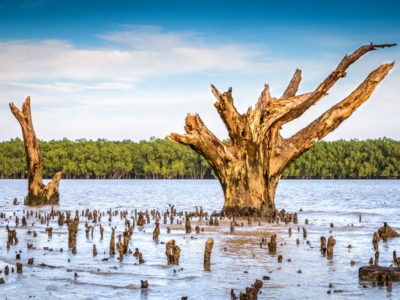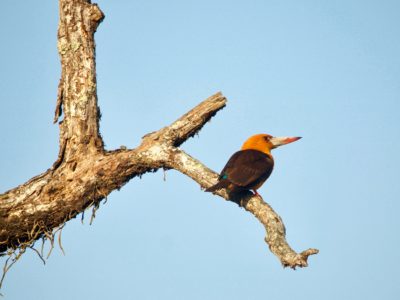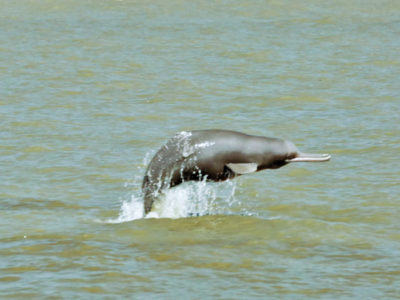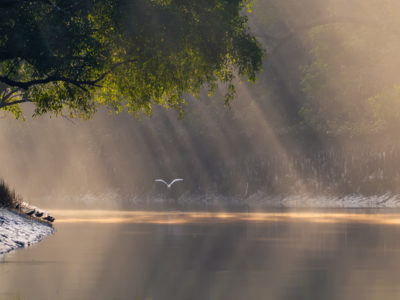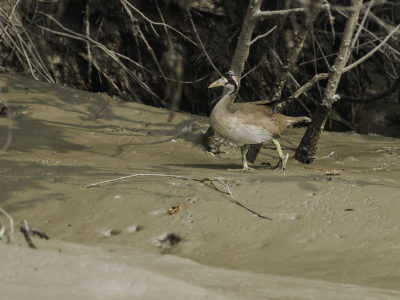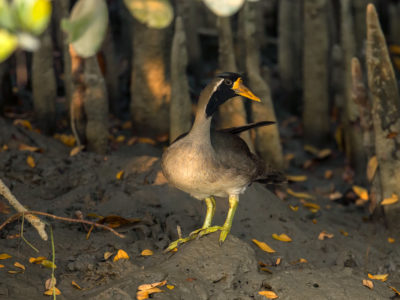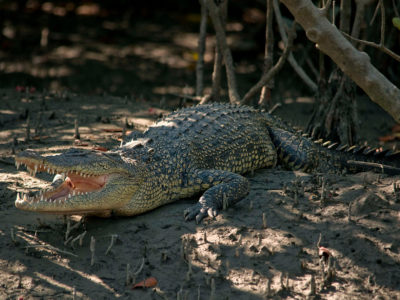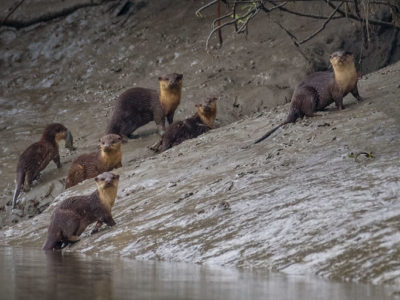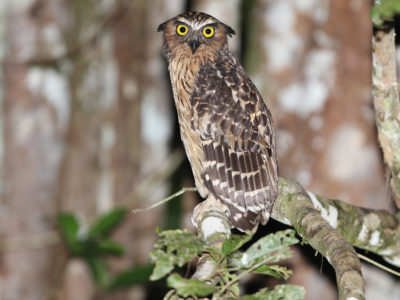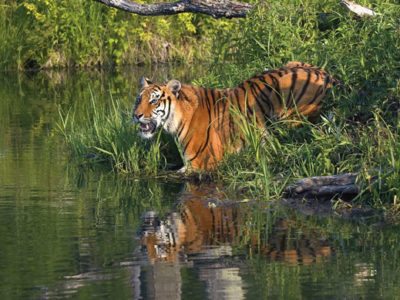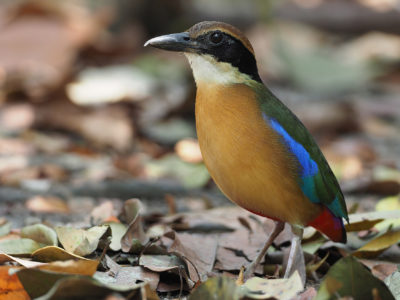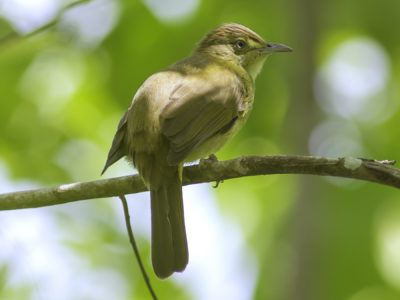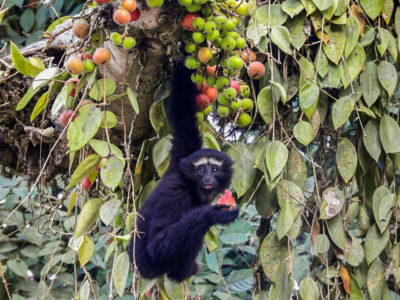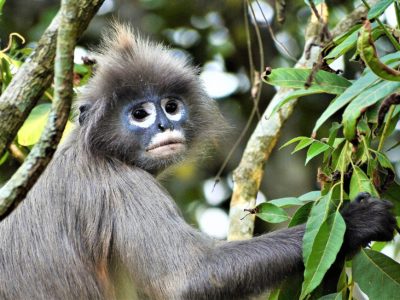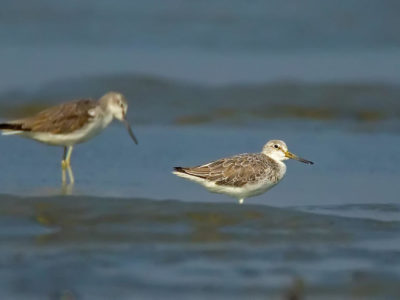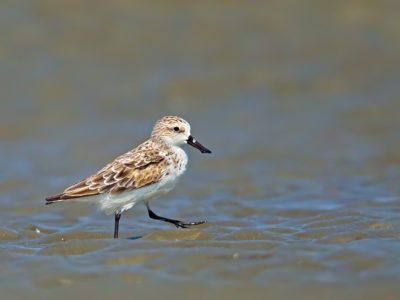Bangladesh Wildlife
- Overview
- Itinerary
- Map
- Pictures
Overcrowded, flooded and poor… These are the clichés easily associated with Bangladesh. But after a visit to this fascinating country, you might feel inclined to add adventure, nature, beauty and hospitality to this list.
Being one of the most crowded countries in the world, space is a priority and that is why visiting Bangladesh now is so important; if tourism increases and especially ecotourism in the western world, wild areas will remain so, but in the current state of affairs, these latter sanctuaries run a sad danger of being exploited and polluted. By showing our interest and participating in the local economy, it encourages the population to become aware of the richness of the environment and helps to preserve it.
So you might be wondering “What wildlife does Bangladesh have to offer?” Well, this is where it gets really interesting as hidden in the hustle and bustle of the burgeoning human population lives the largest remaining wild population of western hoolock gibbons (the rarest of all apes) and the largest population of tigers to the world! In addition to these two key species, there are other surprises, including many mammals, birds and reptiles. The rarest birds that we are likely to see are the Pallas’ Fish Eagle, Baer’s Pochard and Masked Finfoot, while the number of reptiles is dominated by the world’s largest poisonous snake, the king cobra, the largest reptile in the world, the saltwater crocodile and one of the largest lizards the Bengal monitor lizard.
We start this trip aboard our privatized boat and sail through the largest mangrove forest with one of the largest populations of tigers in the world.
Then we go to the East, in the heart of the tropical forests of one of the least visited places on the planet. Srimangal in Bangladesh is a beautiful place and is home to 6 species of primates. The Western Hoolock Gibbon is a joy to watch as it gracefully moves from tree to tree in search of figs, its favorite food. Other primates, Northern Pigtail Macaques and Rhesus Macaques which are large and opportunistic as well as the Capped Langur, Gray Langur and Phayre’s Leaf Monkey which are often found high up in the canopy, but the adventures do not end here. At sunset, the Bengal Slow Loris, nocturnal animal, is also on our list of animals to find.
Staying in the tea plantations and enjoying the true Bangladeshi culture, you will be able to say that you have been to a country that few have visited.
Finally, we go to Cox’s Bazar to explore Sonadia Island which was declared 20th Important Bird Area (IBA) of Bangladesh by BirdLife International. Conservationists say the island is one of Bangladesh’s most important and unique biodiversity hotspots.
No details found.
